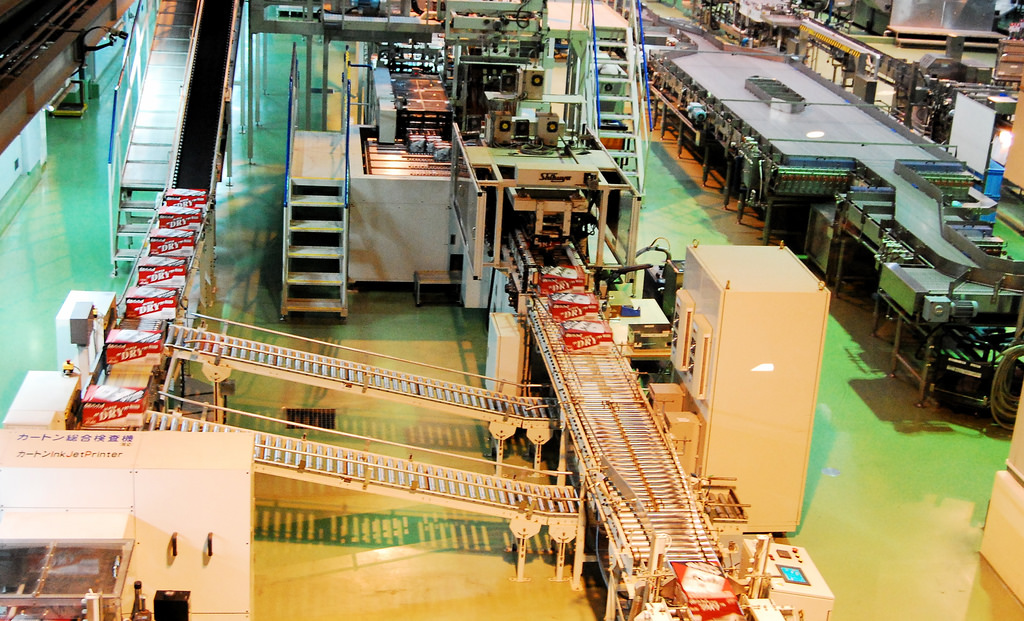 INFRA
INFRA
 INFRA
INFRA
 INFRA
INFRA
In a business strategy move apparently aimed at industrial rival General Electric Co., Hitachi Ltd. has unified three of its business units into a single entity that will pursue business structured around data-driven initiatives and the Internet of Things.
The company is also using its Next 2017 conference today to announce new IoT-based software, hyperconverged systems and a hybrid cloud offering intended to support DevOps and containers.
The new Hitachi Vantara Corp. business unit rolls the former Hitachi Data Systems Corp., Pentaho Corp. and Hitachi Insight Group into a $4 billion business with 7,000 employees. It will be headed by Ryuichi Otsuki, who was previously chief executive of HDS. The company said no layoffs will result from the merger. Hitachi Vantara will focus on opportunities that combine both operational technologies and information technologies in financial services, telecommunications, government, transportation, manufacturing and utilities. It’s specifically targeting IoT business, leveraging the sales channels of its portfolio of a dozen industrial businesses in the U.S.
“Hitachi management has concluded that it must transform the old HDS business unit from an undifferentiated infrastructure play into a data-oriented business that leverages the company’s industrial DNA,” said David Vellante, Chief Analyst, Wikibon (a sister division of this publication). “It’s a logical move strategically but non-trivial from an organizational, partner, human capital and go-to-market perspective.”
The new company will lead with Lumada, an IoT platform that has been in field test for more than a year. The release is labeled as version 2.0 but is the first to be publicly available. Its five layers cover edge services, core services, analytics, studio for creating dashboard applications and foundry for deployment.
Hitachi said the combined entity can provide a full range of services for industrial IoT deployments. “We can bring in HDS for core data services, Pentaho for analytics and Lumada for the IoT framework,” said Ravi Chalaka vice president of global IoT marketing at Hitachi.
Lumada includes “asset avatars” the company’s own version of GE’s digital twin concept, which encompasses virtual duplicates of physical assets that can be used for analytics, testing and design. Asset avatars go a step beyond digital twins to encompass both the current state of equipment and previous conditions, said Ravi Chalaka, vice president of global IoT marketing at Hitachi. In addition, he said, “Avatars can learn from each other. Digital twins can’t learn from the physical objects. You can run an operation on avatars that’s a lot more sophisticated than what we’ve had in the past.”
The new Lumada release incorporates machine learning and advanced analytics in a portable architecture that can be run both on-premises or in the cloud. It supports industrial IoT deployments at the edge and in the core, Hitachi said. The composable architecture is meant to integrate with external systems like enterprise resource planning and asset management. In customer engagements involving the earlier version, Hitachi said goals were set to double productivity and reduce production lead time by 50 percent. The company will also offer related consulting and co-creation services.
A related product is the Hitachi IoT Appliance, based upon Lumada. The hyperconverged system is preconfigured and validated to be deployed in less than an hour. It can be placed at any location within an IoT network, from edge to core, and comes with a fully functional Lumada implementation. It’s intended to be used for workloads related to operational optimization, predictive maintenance and safety improvements.
The appliance can process 15 million messages per hour using twin 8-core processors, 192 gigabytes of memory and 15 terabytes of solid-state storage. Hitachi doesn’t manufacture its own server hardware, so the appliance is based upon original design manufacturer components.
Also announced today were a new family of converged infrastructure systems — the Hitachi Unified Compute Platform CI – along with a new release of the Hitachi Advisor management automation and orchestration software for the Hitachi UCP family of systems. The combination provides for simplified deployment through automated provisioning of physical and virtual environments with automated lifecycle management, health alerts and monitoring.
The Hitachi Enterprise Cloud uses Mesosphere Inc.’s Data Center Operating System and VMware Inc.s’ vRealize Automation to provide services tuned for DevOps and containers used in building cloud-native applications using microservices. It automates the creation, deployment and management of container hosts and cloud applications as a service, across a multi-vendor, multi-cloud infrastructure, Hitachi said. The platform also includes more than 50 preconfigured container templates along with support for persistent volumes, improved container networking, container host and image repository management. Developers can include dynamic networks or microsegmentation, while administrators can manage the container host infrastructure with service level agreement-based policies.
The architecture combines Hitachi infrastructure with Mesosphere for platform-as-a-service integration and user interface, container engine, scheduling, orchestration and workflow. The service can be used by vRealize customers to move their virtualized applications to containers. “People ave been trying to manage more and more complex infrastructures with yesterday’s tools, ” said Gary Breder, director of cloud and services product marketing. “This pre-engineers a solution that customers can use to choose the correct outcomes in terms of service levels for any given application.” The cloud service uses machine learning and artificial intelligence to figure out the best way to automate a particular data center or set of tasks, he said.
THANK YOU